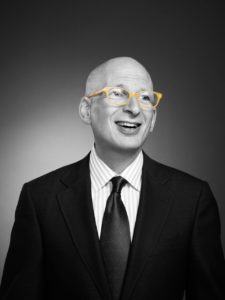Three Not-So-Obvious Ways to Involve Customers in Sustainability and Social Justice
One area where sustainability can really easily interface with consumers–and give them a direct role in becoming more sustainable–is the very simple step of adding signage (including website notices) that indicates how far a product has traveled. Informal observation (not any real research) at a store that was doing this showed me that it significantly raised consumer awareness and drove purchasing choices toward more local options. Similarly, signage can clue people in about what progress you’re making on the social equity issues you’re addressing.
Another is revealing what goals were met in the making of the product, which were not meant, and how the failure to meet a sustainability or equity goal is pushing your company to do more.
And a third is to open actively monitored channels where customers and other stakeholders can make suggestions on your sustainability and social justice improvements. Think of it as a form of zero-cost consulting help (but recognize that however well-meaning they are, they are unlikely to know the true costs and feasibility levels of their suggestions. ALWAYS respond to any serious suggestion (ignore and block the addresses of the ones who spam your form, though). Engaging in real dialog is not only excellent PR, it’s also excellent market research.
Are there benefits to this approach? Absolutely! Consider Marks & Spencer, a major UK retailer. In 2007, they started measuring and reporting on 100 environmental metrics, calling this initiative “Plan A.”
Very quickly, the results provided so many benefits that the company started measuring an additional 80 metrics. As Bob Willard reports in his book, The New Sustainability Advantage (which I cite in mown book Guerrilla Marketing to Heal the World),
The company expected to invest £200 million in the program, but by 2009-10 Plan A had broken even and was adding £50 million t0 the bottom line. In response, M&S added another 80 commitments to the original 100 in Plan A. (p. 159)

